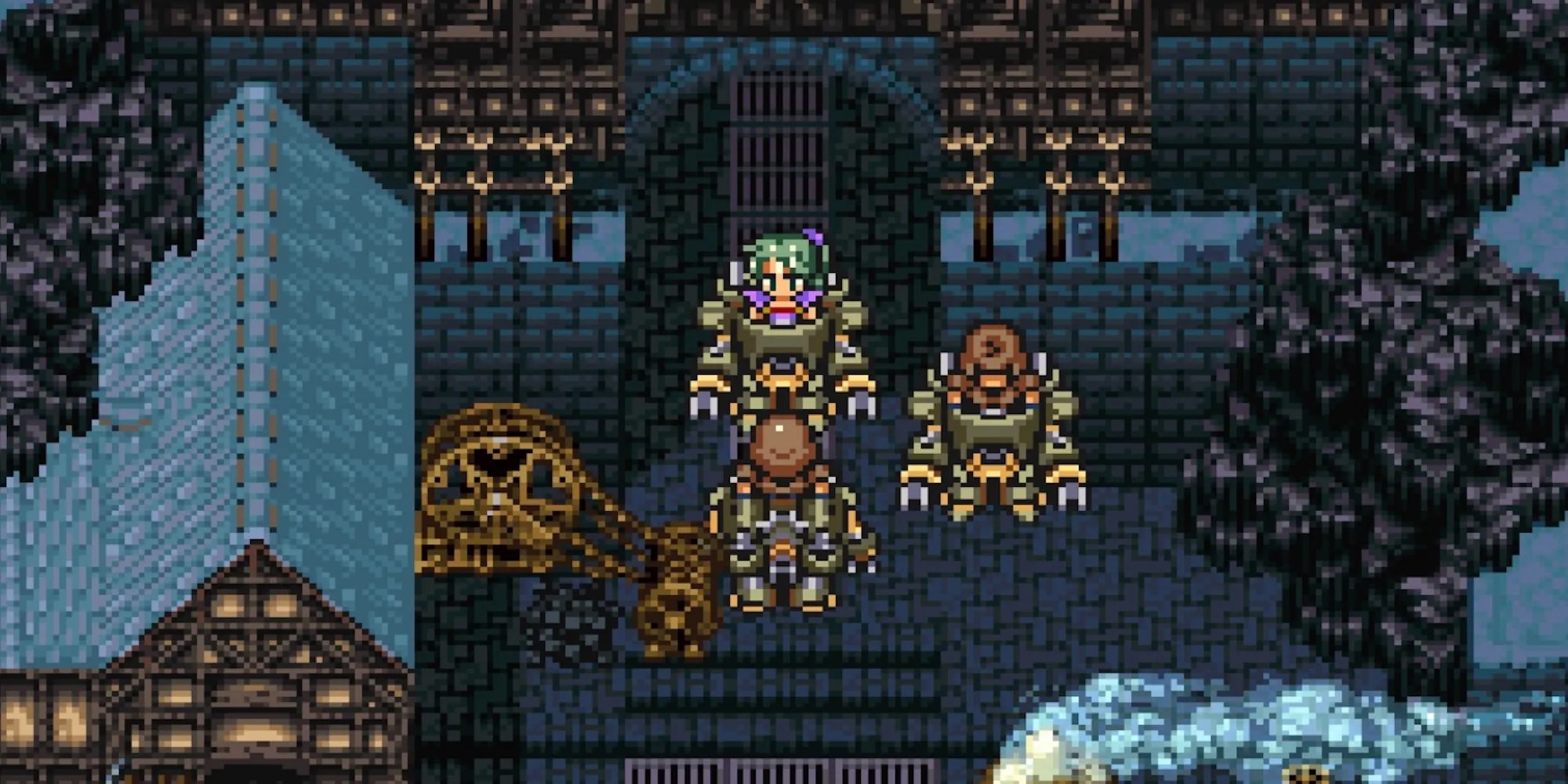Much of the strength of video games as a medium is in their ability to make use of the strengths of other mediums in order to elevate themselves. Where their visuals are concerned, they borrow many of the features of the visual arts, including the concept of anart style.
Related:The Most Iconic Art Styles In Anime/Manga
Art styles refer to the way a certain artist or project chooses to present their visuals, usually factoring in things like level of detail, line thickness, and stylization. While being mainly composed of computer generated graphics, games often feature unique art styles of their own, with uniquely stylized characters, color palettes and shading styles. These are some of themost recognizable styles from across the gaming landscape.
8The Telltale Games Style
There was a point in time where Telltale’s brand of decision-driven, story focused games were one of the biggest hits in gaming. One thing that helped tie these titles together was the unified art style of this loose series.
The originalWalking Deadgamesought to imitate the comics it was based on, creating cell shaded characters with bold outlines and paint-like textures that made them look like they’d jumped straight off the page. The industry is more used to styles like this now, but a Telltale title is still recognizable from this style alone.

7Tetsuya Nomura’s Style
Since video games are such huge projects, often with 100s of staff working on them, it’s rare for a single artist’s art style to be recognizable in the final product. Due to his work across games likeKingdom Hearts,Final FantasyandXenoblade Chronicles 2however, a Nomura character has become quite easy to spot.
While his style pops much better in his illustrations, the way Nomura designs characters bleeds into their 3D models as well. Features of this style include the now-iconic spiky hair his characters helped popularize, and his distinct tendency for somewhat angular and elegant faces.

6The Sonic Artstyle
Anthropomorphized animal characters are fairly common, having been popularized by companies like Disney and Warner Brothers. However, nobody wouldmistake aSonicdesignfor any other series. Even as the art style for the series has evolved over the years,Sonic’s style remains recognizable to even passing observers.
Related:Early Concept Art Reveals Sonic’s Original Design Wasn’t Based on a Hedgehog

Animal characters inSonichave big heads and hands reminiscent of some Disney designs, but from the large eyes to the fairly thin limbs and small, rounded torsos,Sonicsets itself apart. So much so that a “Sonic OC” can be spotted from a mile away.
5The Okami Style
It’s impressive just how muchOkamihas remained in the public consciousness, despite having gone over a decadewithout a proper sequel. This staying power is partly due to the unique nature of the game’s art style.
Okamitakes inspiration from classical ink-wash paintings, which originated in China, but became popular across east Asia. It mimics their bold brush strokes, and simple manner of representing things, while injecting eye catching splashes of color that stand out even more against the black ink.

4The Toon Zelda Style
TheLegend Of Zeldaseries has stopped by every console Nintendo has put out since its inception, morphing its visuals with each new piece of hardware. One of the series most prominent styles though, was the “toon” one originating inWind Waker.
The toon style goes for a cell-shaded look, allowing theZeldaworld to be rendered much more cartoony than usual. The body types vary a lot from the rest of the series, with short and stout bodies, round heads, oval eyes, and exaggerated musculature. It’s recognized as such an iconic part of theseries that Toon Linkhas been in everySuper Smash Brosgame since the Wii.

3The “8-Bit” Style
Back in the early days of video games, the processing power of computers wasn’t yet strong enough for very complex graphics. As a result, the ‘8-Bit’ era saw most games looking near-identical visually, while separating themselves more via gameplay and tone.
Related:8-Bit Christmas: Easter Eggs Gaming Fans Will Love
Now that technology has evolved, this early style born of restrictions has become a style of its own for developers to play around with. It’s rare that any newer games commit to the sheer simplicity of the 8-bit era, but gamers still havea soft spot for the style.
2Final Fantasy 6’s Style
Moving into the 16 bit era, game developers finally had enough power in their machines to start giving their games more unique styles. Easily one of the most recognizable 16-bit art styles was the one used to bring the legendaryFinal Fantasy 6to life.
Many 16-bit games had to use chibi-style sprites with big heads, thick bodies and large eyes to be readable.FF6however, managed to combine this with an impressive amount of detail squeezed into the player and enemy sprites. This style has inspired many more games sinceFF6released, including its spiritual successor,Octopath Traveler.

1Arc System Works' Style
Once the evolution of technology brought about the usage of polygons, the 3D vs 2D debate commenced. Especially in the rougher days of 3D, many people still insisted on the superiority of 2D visuals in games and animation. With the release ofGuilty Gear Xrd, Arc System Works threw a wrench into that debate.
By clever use of cell shading and lighting on their 3D models, Arc were able to blend the 2 styles together, creating a 3D aesthetic that somehow looked hand-drawn. They’ve gone on to be known for this style, applying it to games likeDragon Ball FighterZ,Granblue Fantasy Versus, and arguablymasteringit inGuilty Gear Strive.

